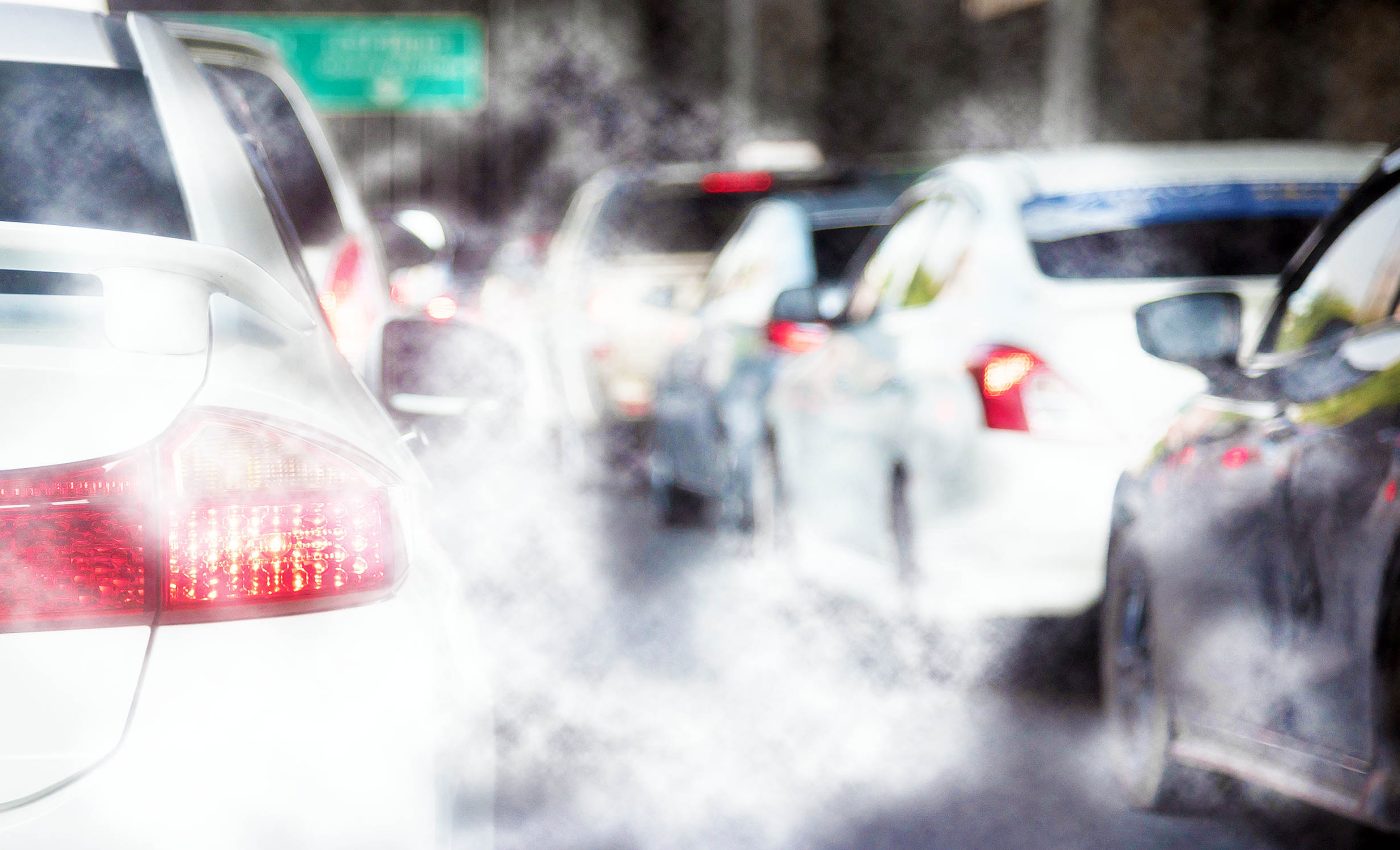
Air pollution and traffic noise increase the risk of infertility
Turns out our environment, the air we breathe, and the noise we hear, can play a crucial role in fertility. A recent Danish study published by The BMJ highlights that long term exposure to air pollution particulates (PM2.5) and road traffic noise can increase the risk of infertility in both men and women.
Air pollution, noise and infertility
Reproductive health is a significant topic around the world, garnering lots of attention and research.
Infertility, one particular aspect of reproductive health, affects one in every seven couples trying to conceive.
While various culprits have been blamed for this issue, our focus today is on the role of air pollution and traffic noise.
Inconsistent results from previous studies have driven the need to investigate these environmental factors further.
While some studies have suggested negative impacts of air pollution on sperm quality and fertility treatments, no concrete studies had looked into traffic noise’s role.
Infertility diagnoses
To bring clarity to the matter, researchers delved into investigating if long-term exposure to fine particulate matter (PM2.5) and road traffic noise could be associated with higher risk infertility in men and women.
Using national registry data from Denmark, they selected 526,056 men and 377,850 women, all aged between 30-45 years, and mostly trying to become pregnant.
To ensure purity in their study, the researchers selected participants who were yet to receive infertility diagnoses or undergone surgeries that prevent pregnancy.
Also, the chosen participants had fewer than two children and were either cohabiting or married.
Impact of pollution and noise on infertility
Based on the participant’s addresses from 1995-2017, the researchers calculated the yearly average PM2.5 concentrations and road traffic noise levels.
They then cross-checked these records with infertility diagnoses from the national patient register.
The findings? During the 18-year follow-up, 16,172 men and 22,672 women were diagnosed with infertility.
Further adjustments for influential factors like income, education level, and occupation showed that exposure to 2.9 µg/m3 higher average levels of PM2.5 over five years increased the risk of infertility in men aged 30-45 years by 24%.
On the other hand, women exposed to 10.2 decibel higher average levels of road traffic noise over five years had a 14% higher risk of infertility, but only for those older than 35 years.
For the men, road traffic noise increased infertility risk slightly in the 37-45 age group, but not among those aged 30-37 years.
Rich, poor, middle Class
No corner of Denmark was spared. The study found consistent rise in the risk of noise-related infertility in women and PM2.5 related infertility in men across rural, suburban, and urban areas. Socioeconomic status, whether low, medium, or high, had little effect on these findings.
And while the study is observational, thus designed to find links rather than cause-effect relationships, their large sample size based on reliable health and residential data adds weight to the findings.
Additionally, validated models were used to assess the impact of pollution and noise levels, taking into account major social and economic factors.
Future action
The researchers acknowledge the potential limitations of their infertility study, including potential inclusion of couples not actively trying to conceive, or lacking information on factors such as lifestyle, or exposure to noise and air pollution at work and during leisure activities.
Yet, their findings shine a light on a rarely discussed aspect of infertility.
“If our results are confirmed in future studies, it suggests that political implementation of air pollution and noise mitigations may be important tools for improving birth rates in the western world,” the authors conclude.
Study implications
This begs the question: what does this mean for you and me, and what can we practically do about it?
While individual actions can be taken to reduce exposure to noise and air pollution, the study on infertility poses a challenging question to policymakers.
If these results are confirmed in future studies, does it warrant enforcing regulations on noise and air pollution?
It’s certainly food for thought. Could this be the push needed for stricter regulations on noise and air pollution?
Ultimately, if these findings stand up to further scrutiny, they could guide strategies to protect us all from these exposures. In the end, it might not just be a call for cleaner air and quieter streets, but also a chance at improving birth rates in the western world.
The study is published in the journal The BMJ.
—–
Like what you read? Subscribe to our newsletter for engaging articles, exclusive content, and the latest updates.
Check us out on EarthSnap, a free app brought to you by Eric Ralls and Earth.com.
—–













